AL BATINAH SOUTH
Explore Tours
Al Batinah South Governorate is a governorate of Oman. It was created
on 28 October 2011 when Al Batinah Region was split into Al Batinah North
Governorate and Al Batinah South Governorate. The centre of the
governorate is the wilayat of Rustaq.
Provinces
Al Batinah South Governorate consists of six provinces (wilayat):
• Rustaq
• Al Awabi
• Nakhl
• Wadi al Maawil
• Barka
• Musannah
Included/Exclude
Tour Amenities
Tour Plan
| Time | ACTIVITY |
| 7:00 AM | DEPARTURE |
| 8:00 AM - 9:00 AM | Visit Al Musannah Fort |
| 9:00 AM – 10:30 NN | Pass by along Al Maysar Falaj |
| 10:30 PM - 11:30 PM | Visit and enjoy the scenery at Wadi Bani Kharus |
| 11:30 AM – 12:30 PM | Check out the history at Rustaq Fort |
| 12:30 PM – 4:30 PM | Lunch, enjoy and have fun at Wadi Abyad |
| 5:00 PM | Back to hotel |
AL MAYSAR FALAJ
One of the remarkable highlights of Oman for any traveller is to visit a falaj
– Omani’s ancient engineering in action. The Aflaj (plural form of falaj)
systems are ancient water distribution channels. They are located close to
the mountains and the majority are in the regions of Dakhiliyah, Sharqiyah
and Batinah. In 2006, five Aflaj Irrigation Systems of Oman were added to
the UNESCO list of World Heritage Sites. In January 2020 we visited Falaj
Al Muyassar in Rustaq.
WADI BANI KHARUS
wadi Bani Kharus is one of the most famous valleys that bear
witness to the ancient of Omani history. The valley is characterized by the
cultivation of many fruit trees and various agricultural crops. It abounds with
various plants, flowers, medicinal herbs, and wildlife. It has also many
Falajes, water springs, various rock formations and archaeological
inscriptions on some stones and old houses. The water of Wadi Bani
Kharus flows down when it ra
ins, irrigating a group of villages and orchards along the valley.
AL-MUSANNAH FORT NAVIGATE TO HOQAIN WATERFALL BACK TO CITY CENTER
WADI ABYAD
Wadi Al Abyad ( األبيض وادي (is a wadi located in Nakhal, in the South Al
Batinah region of Oman. The name of the wadi is in reference to the white
color of its water pools, which is likely due to carbonate rocks in the region
(although to our own eyes, they just looked like normal colored pools but
hey that is the justification for the name). Wadi Al Abyad is an easily
accessible wadi that can be reached from Muscat in under an hour
(depending where you start).
The wadi offers its visitors a nice trekking path, some fresh water pools and
many plants and palms on both sides of the wadi, making it a nice Trekking
through Wadi Al Abyad is quite pleasant as it is mostly gravel and some
rocks here and there until you reach the water pools, you can actually drive
quite a distance through the travel road, so don’t just park your car as soon
as the paved road ends. The highlight of the wadi is obviously the water
pools, we especially appreciated them because we visited the wadi on a
hot sunny day and the walk along the wadi was quite tiring under the hot sun, so a refreshing dip in these clean, fresh pools was fantastic.
Wadi Al Abyad has many ophiolite rocks which could be very
interesting for you if you are a geologist or someone who loves
rocks, you can read more about that here. Besides the pools and ophiolite
rocks, Wadi Al Abyad features numerous plants and shrubs that can be
found along the wadi. place for an easy hike or for families to picnic on a
nice day.
RUSTAQ FORT
Two cannons mark the interior courtyard of this enormous fort – the
entrance alone signals its former importance. Built on top of pre-Islamic
foundations, the massive outer walls date from the 18th century while the
inner keep is of much earlier vintage. The fort has been carefully restored
and is an impressive sight looming above the town, with the mountains as
backdrop. The interior is a fort-lover's dream, with hidden passages,
vertical stairways and massive ramparts.
| Time | ACTIVITY |
| 7:30 AM | DEPARTURE |
| 7:30 AM – 8:30 AM | Visit the historical Nakhal Fort |
| 8:30 AM – 10:30 AM | Explore, take photos and enjoy at the WAkan Village |
| 10:30 AM – 11: 30 AM | Visit Al Hazm Castle |
| 12:00 NN – 4:30 PM | Lunch picnic, take a dip and enjoy Wadi Hoain and Hoqain waterfalls |
| 5:00 PM | Back to hotel |
WADI HOQAIN / HOQAIN WATERFALLS
This wadi is an easy and relaxing off road drive featuring some nice water
crossings and a magnificent castle at the end. Technically very easy, it
compensates the so-so thrilling with some ruins ready to be explored and
the newly renovated Al Hazm fort at the end, where you can recover and
listen to some Arabic stories. The most prominent tourist sites in the state
of Rustaq is Hoqain waterfalls that attract thousands of tourists from
citizens, residents and visitors to the Gulf Cooperation Council countries
due to the nature and splendor of the place. Hoqain waterfalls are located
in the Hoqain district of Rustaq state, about 40 km away from the city and
150 km away from the capital Muscat.
WAKAN VILLAGE
Located 2,000 meters above sea level and in the Western Hajar Mountains
is Wakan village (وكان قرية(, a small mountain village with beautiful terraced
gardens overlooking the surrounding mountains above and Wadi Mistal
below. Wakan village is officially part of Wilayt Nakhal in the South Batinah
Governorate, although it’s located right in the border with Al Dakhiliyah
Governorate through Al Hajar mountain range. viewing platform is the first
sight that greets you as soon as you enter the village. It offers spectacular
views of Wadi Mistal (مستل وادي (and the surrounding mountains. There is
also a visitors information center building which is still not opened. From
there you can exploring this beautiful village by foot. There are a couple of
hiking tracks that start at the village, and they are marked by the familiar
yellow, green and red flag that mark most hiking tracks in Oman.
AL HAZM CASTLE
Al Hazm Castle is one of the most magnificent castles in Oman. It was
built in 1708 towards the end of the reign of Al Yarubi tribe over Oman
when they made Al Rustaq the capital at that time.
The designer of this castle was Imam Sultan bin Saif al Yarubi. Al Yarubi
tribe was most famously known for removing the Portuguese from Oman.
They were also responsible for constructing several significant Omani forts
and castles including Nizwa Fort and Jabreen Castle. The difference
between Nizwa Fort and Jabreen Castle on one side and Al Hazm Castle
on the other side demonstrates the shift in the construction of Omani forts
designed to withstand gun attacks, to Omani forts designed to withstand
cannon attacks, with Al Hazm being the more technologically advanced
structure. Al Hazm Castle is a fortified structure and at the same time it was
a palace in which the Imam live in. It is worth noting that Al Hazm Castle is
on the Unesco’s list for World Heritage sites along with Al Rustaq Fort.
NAKHAL FORT
Nakhal
َق, romanized: Qalʿat Nakhal) is a
large fortification in Al Batinah Region of Oman. It is named after
the Wilayah of Nakhal. The fort houses a museum, operated by the Ministry
of Tourism, which has exhibits of historic guns, and the fort also hosts a
weekly goat market.
The fort, also known as Husn Al Heem, was named after the state of
Nakhal that exists above the old village of Nakhl. It has a history which
dates back to the pre-Islamic period when it was originally built by
the Sassanids as a bulwark against incursions by Arab tribes. Imams of
Wadi Bani Kharous and the Ya'arubah dynasty resided here in the past.
Over the centuries, it underwent many renovations and improvements. It
was reconstructed by Omani architects in the 17th century. Initially built as
a protective measure for an area oasis and nearby trade routes, it passes
through the regional capital of Nizwa. The gateway and towers seen now
were extensions built in 1834 attributed to imam Said bin Sultan. In 1990, it
was fully renovated.
In November 2003, Prince Charles visited the restored fort during an official
visit to Oman.
| Time | ACTIVITY |
| 8:00 AM | DEPARTURE |
| 8:00 AM – 9:00 AM | Check out the animals at Al Na’aman Zoo (Barka Zoo) |
| 9:00 AM – 10:00 AM | Visit the nearby Bait Na’aman Castle |
| 10:00 AM -11:00 AM | Visit Barka Fort and check out barka fish market at the side |
| 12:00 NN – 4:30 PM | Picnic lunch, enjoy, explore and dip at Ain Al Thawarah Hot Spring |
| 5:00 PM | Back to hotel |
AL NA’AMAN ZOO (BARKA ZOO)
An Naman Zoo is a great place for children to learn about wild as well as
domestic animals. The zoo is near Muscat, in Barka, Oman. It takes a
couple of hours to cover the zoo. It houses a wide variety of species like
emus, ostriches, Arabian oryx, lions, tigers, deer and even parrots. If you’re
travelling with your family and children, and are passing by this zoo, you
could spend some time here.
BAIT NA’AMAN CASTLE
Rather more interesting than Barka’s fort is the beautiful old fortified house
of Bait Na’aman. The unusually tall and narrow house, with alternating
square and round towers, is thought to have been constructed around
1691–92 by imam Bil’arab bin Sultan (or possibly his brother, and
successor as imam, Saif bin Sultan), and was used by both imams during
their visits to the area. According to one tradition, this is also where Sultan
Said bin Sultan murdered his unpopular predecessor Badr bin Saif in 1806
with a single blow from his khanjar. The entire building was beautifully
restored in 1991.
Unlike most of Oman’s forts, the house has been fitted out with a lavish
selection of traditional furnishings and fittings, giving the place an
engagingly domestic atmosphere and making it much easier to imagine
what life was like for its former inhabitants than in most other Omani
heritage buildings. Downstairs you’ll find the original bathroom and stone
toilet, both connected to an underground falaj which formerly brought water all the way from Nakhal. There’s also a storage room, in which
dates were pressed (the holes in the floor were used to siphon off
the juice), as well as a pitch-black ladies’ jail.
The main living areas are situated upstairs, with a sequence of rooms
attractively furnished with traditional rugs, cushions, crockery and jewellery.
These include the men’s and ladies’ majlis, plus a quaint bedroom with
four-poster bed and a wooden hatch in the floor through which water could
be drawn up from below. Nearby is the private majlis of the imam, equipped
with a secret escape passage, and a watchtower with pit-like jails for
miscreants. Further stairs lead up to the roof. The main tower is supported
by beautiful teak beams, with old pictures of ships scratched onto the walls.
The tower originally housed six cannon, backed up by three more cannon
in the house’s second tower – an impressive array of firepower for what
was essentially a private residence rather than a proper fort.
To reach the house, drive around 5km north of the roundabout by the Lulu
hypermarket along the main coastal highway then turn right off the
highway, following the signs to A’Naaman and (just afterwards) the Barka
Health Center, following the road as it twists back towards the coast. The
house is about 3km down the road on your left – it’s not signposted, but is
instantly recognizable.
BARKA FORT
Barka castle or as the residents of Barka call it “The jewel of the state” is
the symbol of civilization and culture in Oman. It is one of the most popular
tourist attractions located in the Barka in the southern Batinah province or
the suq area. It is located between the fish market and the vegetable
market and has great view to the sea and the old houses.
According to the book ‘Division of the Omani Empire’, Barka Castle was
built in the middle of the 17th century and built in two phases. The first
phase was built during the reign of Saif bin Sultan al-Yaraibi and was
completed during the reign of Hamad bin Saeed al-Busaidi. The castle has
since been restored by the Ministry of Heritage and Culture. The castle in
the past was used for the defense and housing for the governor. As time
passed the building continued to stand tall, and now is a popular tourist site
that is under the protection and supervision of the Ministry of Heritage and
Culture. This archaeological treasure remains an important site in the state
of Barka, expressing the Omani people’s history of greatness, strength and
a proof of their achievements.
AL THAWARAH HOT SPRING
Hot springs have been valued for their ability to provide relaxation and
ease pain over the centuries, and if you’re looking for this sort of amazing
therapeutic treatment in Oman, then Nakhal is where you need to go.
Located about 90km from Muscat, Nakhal’s hot water springs have gained
popularity among people across Oman, and are surrounded by some of the
country’s best landscapes. “Close to the Nakhal Fort, along a winding road
framed by palm trees as far as the eye can see, are the Ain Al Thawarah
hot springs. Beyond the date plantations that surround Nakhal Fort, this hot
spring emerges from the wadi walls and is directed into a falaj (irrigation
channel) for the irrigation of the surrounding plantations
Location
Find a route from your location
Related Tours
- Quality4.33
- Location4
- Amenities4
- Services4.67
- Price4

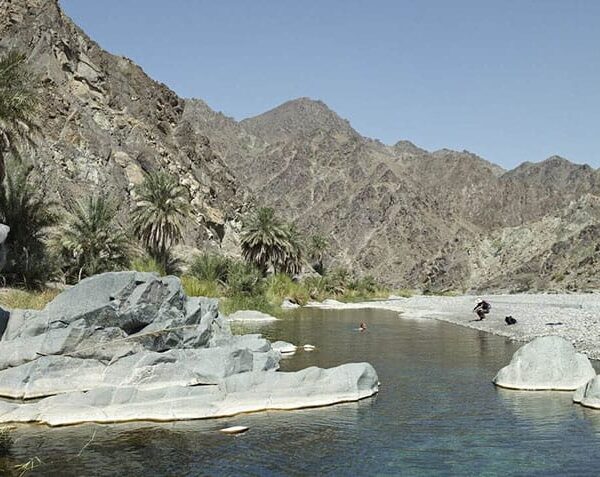


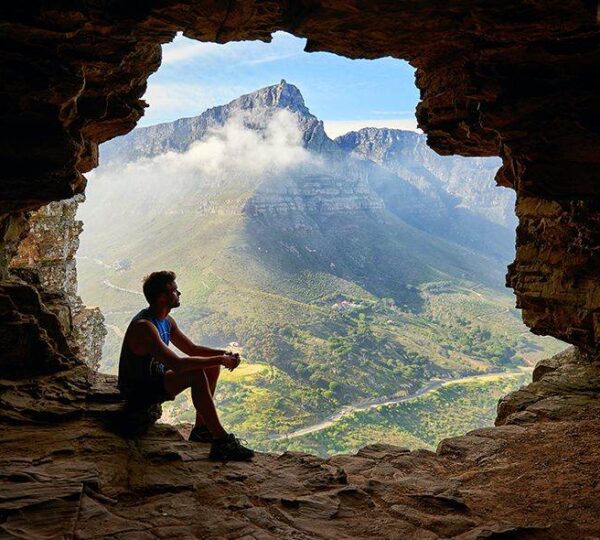


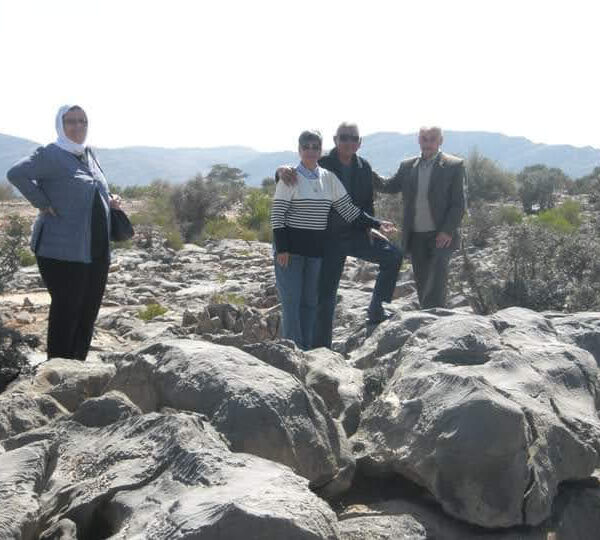
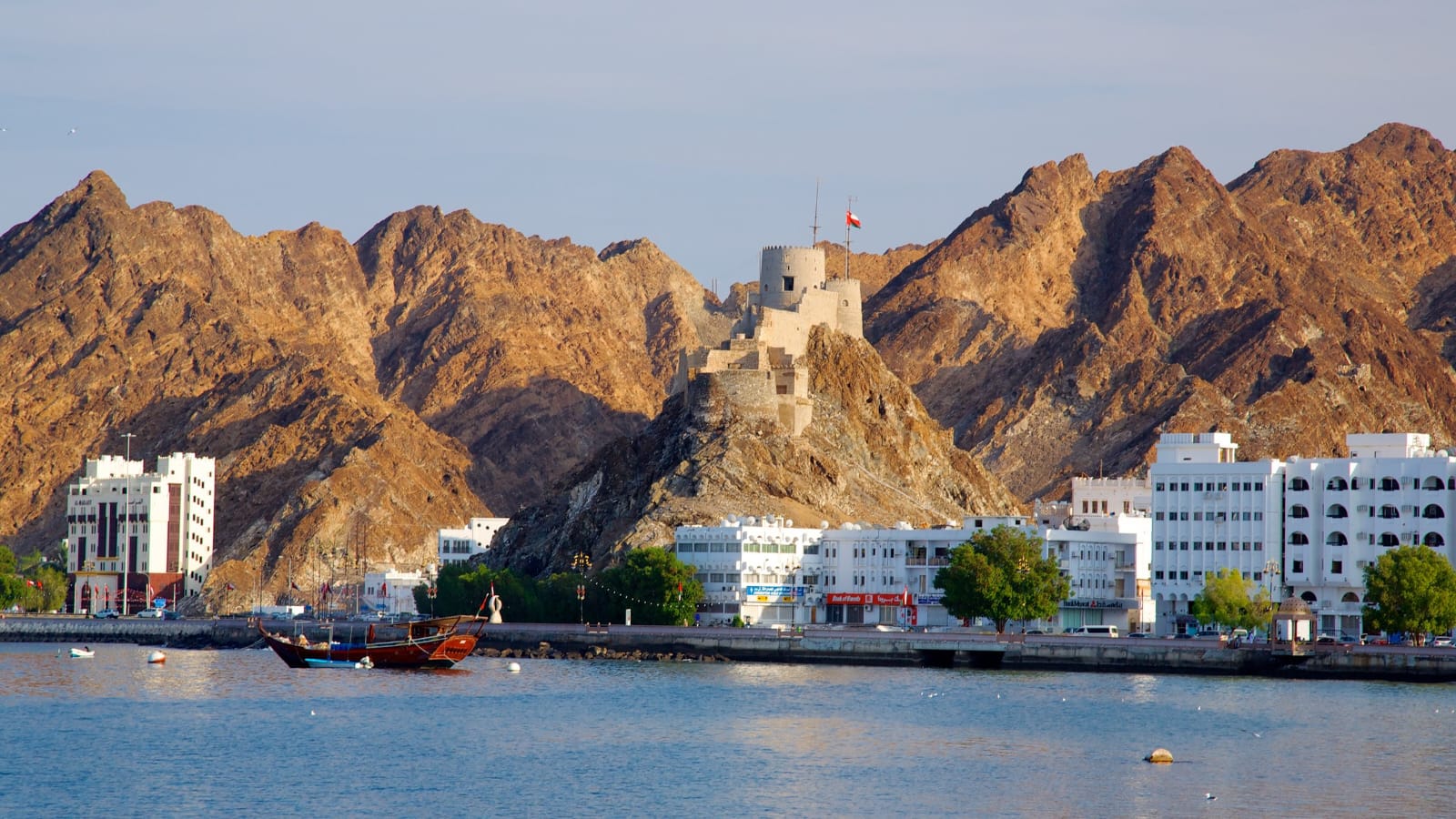

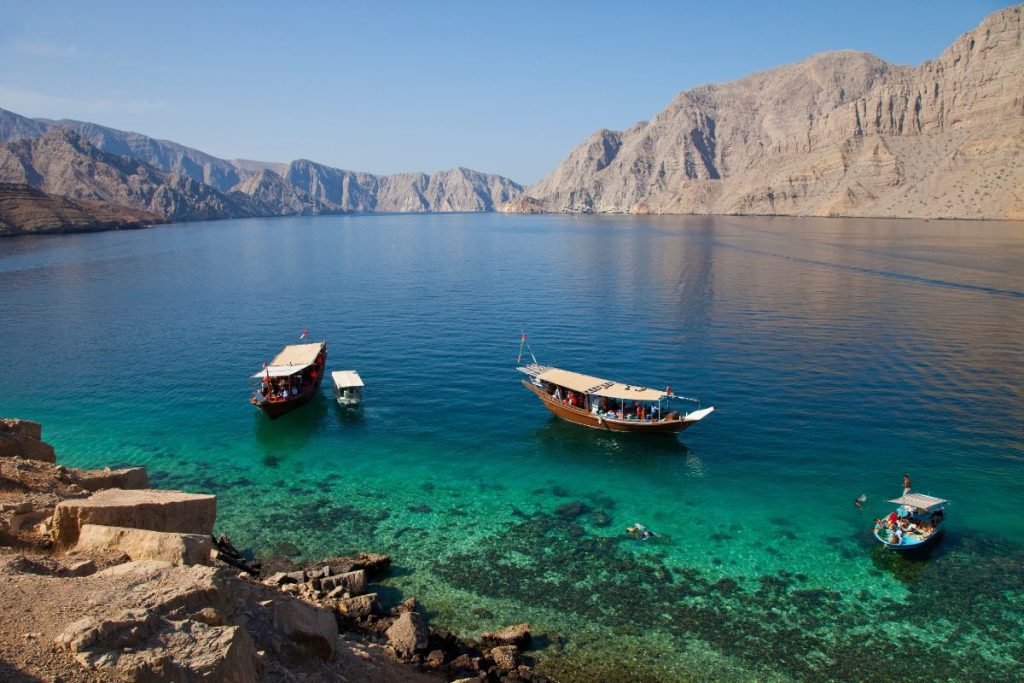
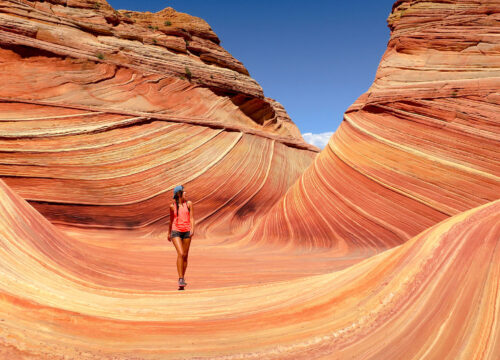

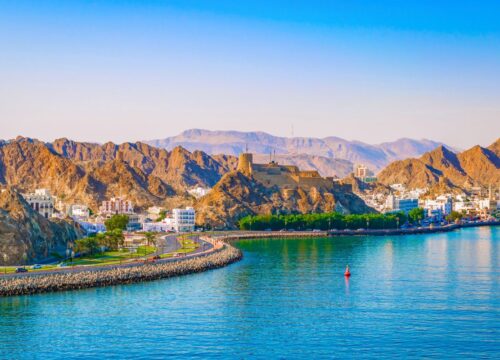
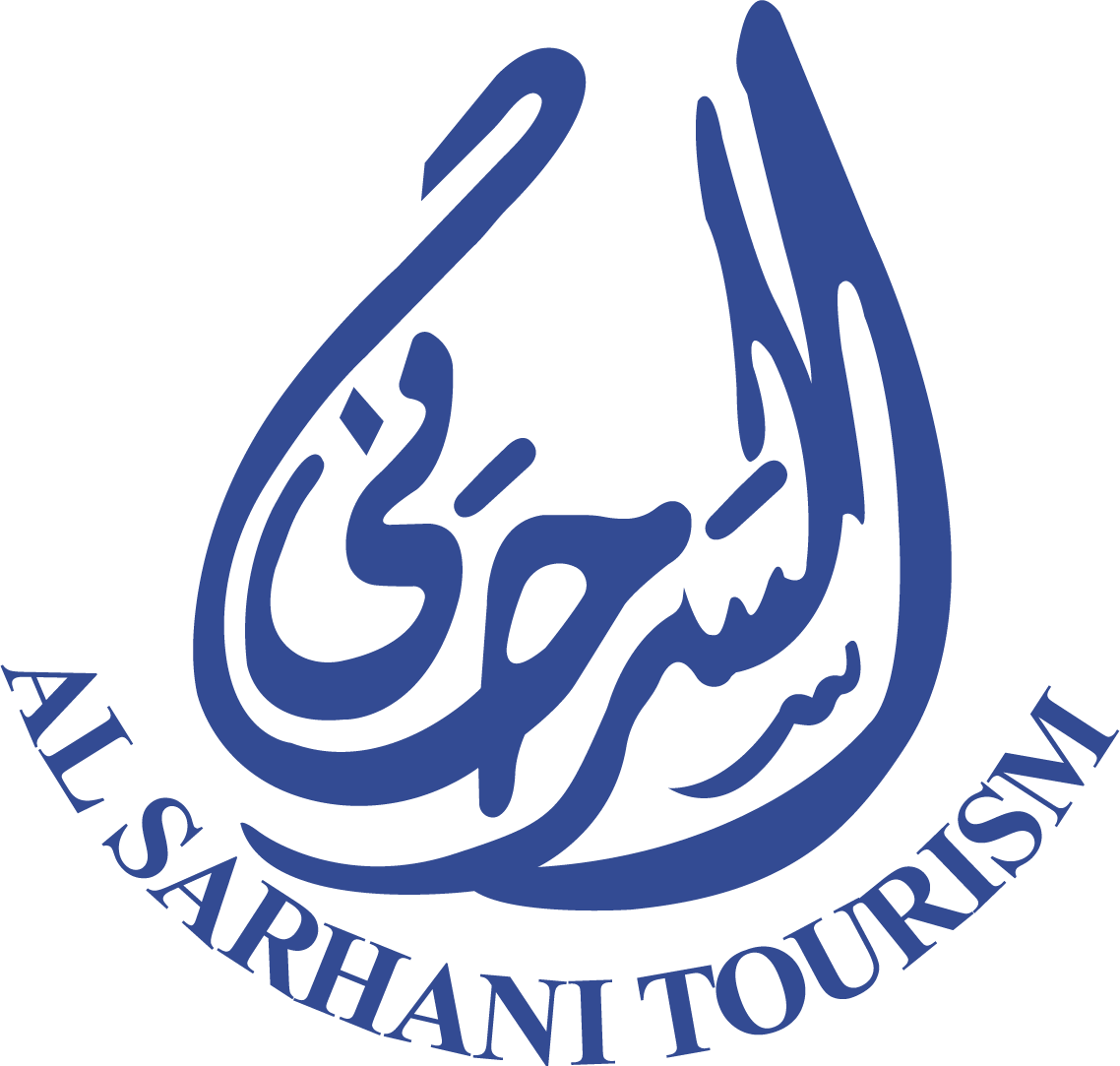
4.4
It is a great place to shop not too far from New York. We took the bus from Port Authority and traveled through the countryside to get there.
4
This is the best tour on the east coast! It was amazing how many places we visited and what great memories we made!
4
We always stay at here when in town. The location is great, staff is wonderful and we love the overall feel. Beautiful view from the here.